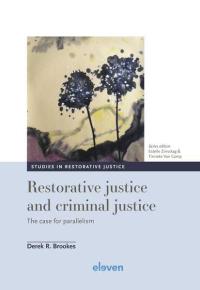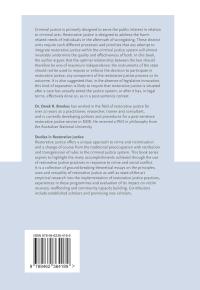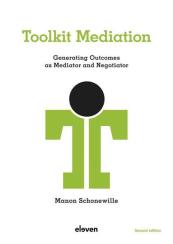Restorative justice and criminal justice
The case for parallelism
Criminal justice is primarily designed to serve the public interest in relation to criminal acts. Restorative justice is designed to address the harm-related needs of individuals in the aftermath of wrongdoing. These distinct aims require such different processes and priorities that any attempt to integrate restorative justice within the criminal justice system will almost invariably undermine the quality and effectiveness of both. In this book, the author argues that the optimal relationship between the two should therefore be one of maximum independence: the instruments of the state should not be used to impose or enforce the decision to participate in restorative justice, any component of the restorative justice process or its outcome. It is also suggested that, in the absence of legislative innovation, this kind of separation is likely to require that restorative justice is situated after a case has actually exited the justice system, or after it has, in legal terms, effectively done so, as in a post-sentence context.
Visit the author's homepage here: https://relationalapproaches.com/parallelism/








